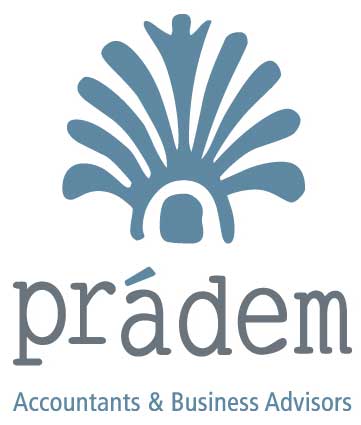Which home loan is right for you?
Considering home ownership? Congratulations! Buying a home is an exciting milestone and for most people, one of the biggest investments they’ll ever make. Among the many decisions to be made along the way, you’ll need to choose the best mortgage option for your circumstances.
In this blog we’ll weigh the pros and cons of fixed, variable, and revolving credit home loans to help you make the right choice.
Why choose a fixed mortgage loan?
This option is ideal for home owners who want stability when it comes to payments. The interest rate on a fixed mortgage stays the same month to month, so you always know exactly what your payment will be.
The main benefit of this type of mortgage loan is that it’s easy to budget. Your principal and interest payments are always the same and with a locked-in rate there’s no risk you’ll end up paying more should interest rates increase.
The downside is that the interest rate on a fixed rate mortgage tends to be higher than a variable rate loan. Investors want to ensure a return without adding too much risk, so if interest rates drop, you’ll end up paying more on a fixed rate loan, long term.
The pros and cons of a variable mortgage
Unlike a fixed rate loan, variable or adjustable rate loans have a fluctuating interest rate that rises or falls with market conditions.
Because variable rate loans tend to have a lower interest rate than fixed rate mortgages, they’re a great option for home owners with a stable income who are comfortable with some degree of risk – especially if they only plan to own their home for a few years. With the lower rate, you can pay down the principal faster and save a bundle on interest.
A good rule of thumb before choosing a floating mortgage rate is to confirm that you can afford a rate increase of two per cent. Some home buyers fix their mortgage payments at higher than the minimum payment as a buffer, in case rates do spike over the course of the loan term and so they can pay their loan off faster.
The benefits of a revolving line of credit
A revolving home loan works like a large overdraft with borrowers able to spend up to a pre-approved limit at a floating interest rate. You are free to repay as much as you want – or pay off the loan in full – at any time, but it’s best to keep your balance as low as possible to avoid accruing interest fees, which are calculated daily.
This flexible mortgage option can be a lifesaver when expenses exceed your savings – for instance, should costly and unexpected home repairs come up. It’s wise to spend cautiously, however; because you’re free to borrow against your line of credit anytime you need cash and at a much lower interest rate than most loans or credit cards – the risk of getting into unmanageable debt is high.
Some home buyers mitigate the risk of debt by splitting their mortgage between a revolving line of credit and a fixed rate loan. This strategy allows you to limit how much you borrow, benefiting from the low interest rate with a predictable monthly payment on their fixed rate loan.
Final thoughts
Now that you know the difference between each home loan option, the next step is to meet with a lender and find out whether you pre-qualify for a mortgage, and for how much.
Keep in mind that smaller banks and community credit unions are often more willing to negotiate with business owners, and often can offer lower interest rates, too.
Good luck with your mortgage loan application and happy house hunting!
